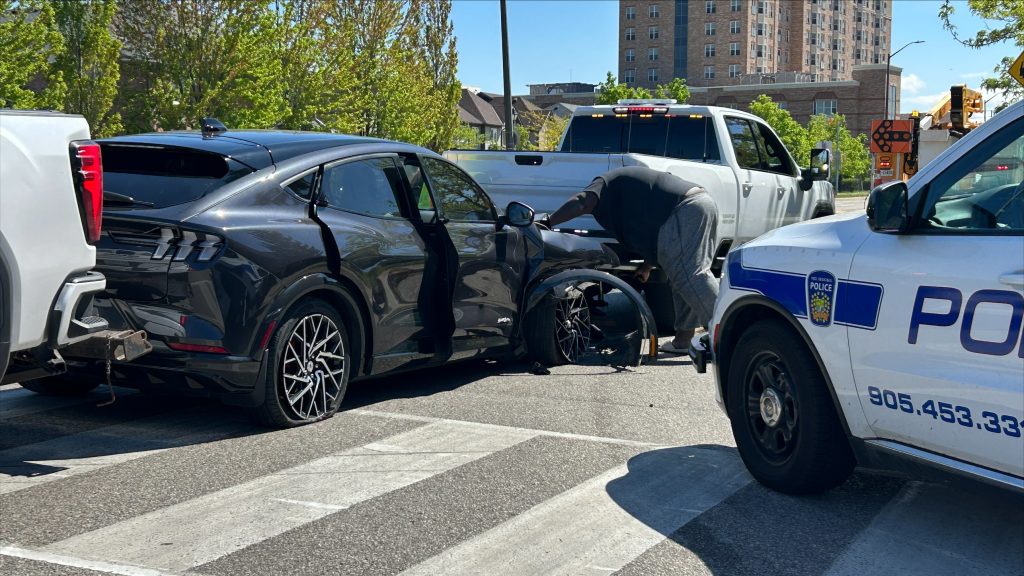A significant transit issue is currently affecting Bathurst Street in Toronto, where the 7 Bathurst bus and 511 Bathurst streetcar are frequently late due to shared roadway congestion. City staff indicate that over 35,000 riders rely on these services, but overcrowding, unreliable schedules, and competing road traffic pose challenges for both transit users and vehicle drivers.
August Puranauth from TTC Riders highlights the broader implications of the transit problems, noting that "people on Bathurst are facing overcrowded buses, streetcars, and unpredictable wait times." Local business owners echo these concerns, emphasizing the need for a comprehensive solution. Jaclyn Verhoef, the owner of Tattoo People, states, "Currently, there are issues. Absolutely. The city needs to create a plan to deal with that."
In the midst of these challenges, a proposal from the City of Toronto and the TTC aims to establish dedicated transit and cycling lanes stretching from Bloor Street West to Lakeshore Boulevard West. Proponents argue that similar initiatives in other areas have effectively improved transit reliability and service. Puranauth notes, "As we’ve seen in other parts of the city, these dedicated transit lanes improve reliability and service."
However, implementing these exclusive lanes would require the removal of vehicle parking, a move that business owners argue would adversely affect their operations. Marco Santaguida, a local business owner, voiced concerns regarding parking for customers and delivery vehicles, questioning, "Where will they park the car to pick up packages?" He also pointed out that his business relies on tractor trailers that deliver goods weekly to Bathurst Street, highlighting the potential disruption to logistics.
Melanie Gallant, who owns a registered massage therapy clinic, stressed the impact of the proposed changes on her clients, many of whom have mobility issues. She argued that the removal of parking spaces would hinder access for vulnerable individuals needing essential services. "You’re saying that you can no longer access these services in your community at the clinic of your choice," she lamented.
Frustrated by what they perceive as a lack of consultation from the city's planners, local business owners have united to advocate for a more collaborative approach. Gallant emphasized the importance of including business voices in the decision-making process, saying, "What we’re asking is to involve us in the conversation and not just rush this through without considering our needs." They propose creating transit lanes during specific peak hours only, rather than full-time restrictions on parking.
Proponents of the original plan, however, remain unconvinced by the alternative suggestions, arguing that dedicated lanes will alleviate traffic congestion and ultimately increase foot traffic for local businesses. Puranauth highlights that "people who bike and take transit, shop as well. They also go to the businesses," reiterating that improved transit options could result in increased patronage for surrounding shops.
As the plans await approval from city council, public input is being solicited through surveys until the end of the month. Both sides are eager to communicate their perspectives and influence the final proposal. "These are much, much-needed improvements. Commute times could be slashed by a lot for transit riders," Puranauth asserted, while Verhoef concluded, "We are absolutely in line with the city to improve transit, and that is the agreement among the community. However, not at the cost of our livelihoods and communities."












